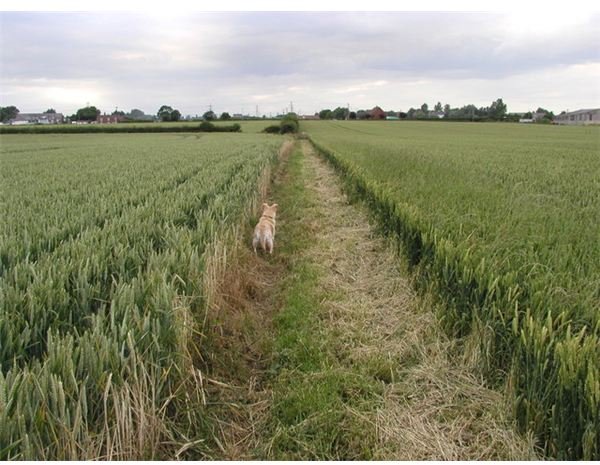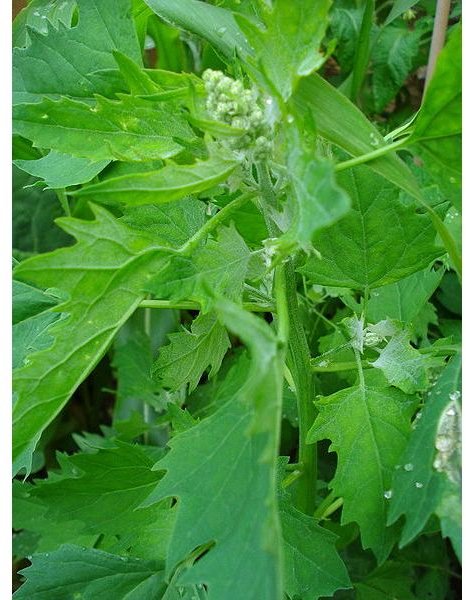What is Transpiration and Why is Transpiration Important?
What is Transpiration and Why is it Important to Plants
To understand what transpiration is and its importance to plants, we should also understand about photosynthesis, which we all know as the process by which plants make their food. In photosynthesis, the main instigating factor for food production to take place is the green coloring matter of plants known as chlorophyll. Its leaves will open up the tiny pores in order to absorb the beneficial effects of sunlight.
The union between chlorophyll and sunlight will create a need for carbon dioxide coming from the Earth’s atmosphere. But nature has a way of maintaining ecological balance because the atmosphere will give the plants the carbon dioxide it needs, only if the plant will trade off its oxygen in the process. In order to do this, the plant has to go through the process of transpiration.
So, what is transpiration? Transpiration is when water will be drawn out of the entire plant body so that the individual water molecules, hydrogen and oxygen will be released as water vapors on the surfaces of the plant’s leaves. Consequently, these vapors will enter the atmosphere and release the oxygen given off by the plant. The atmosphere on the other hand, will release the carbon dioxide that the plant needs to complete its photosynthesis or food production.
In addition, transpiration provides cooling relief to the plant’s foliage when temperature and sunlight causes the rapid evaporation of moisture.
Why is Transpiration Important in Agriculture?

However, transpiration is also considered detrimental to plant life, since loss of water which cannot be compensated or replenished can cause the plant to wilt or die. The agricultural sector monitors the transpiration activities in crop vegetation for the following reasons:
- To analyze the soil structure and the soil storage capacity in rainfed agricultural lands; since crop vegetation will have to depend largely on water supply that will be brought about by rain. There is much concern if the amount of soil water storage is enough to meet the demands of transpiration and plant water replenishment.
This is important in promoting agriculture because water that is contained only at groundwater level can be depleted at a faster rate by municipal over pumping even before it can be replenished. Over pumping is said to be one of the causes of groundwater depletion and breakdown which is what is actually happening to the arid and semi-arid regions.
In such cases, the need to supply crops with nutrients that can promote root growth that will extend below groundwater level will arise. The roots then will be able to draw water from underground water storage to meet the demands of transpiration during photosynthesis. The subsequent demand for water replenishment for the entire plant system can be met as well.
In other situations, agriculture will also have to deal with weeds and other invasive plants within the crop’s vicinity. Weeds and invasive plants can cause plants to wither and die because they also transpire a lot of water and use soil minerals, robbing the plants of their rightful supply.
The Importance of Transpiration to the Environment

On a per plant level, a plant is said to lose 600 units of water or H2O for every 1 unit of CO2 that the plant breathes in during photosynthesis. On a much larger scale, an acre of corn field is capable of transpiring 400,000 gallons of water in one season while some others place their estimate at 3,000 to 4,000 gallons per day. How much more occurs in forests, when even an average oak tree is said to transpire as much as 40,000 gallons of water in a year?
Trees are said to be the most efficient when it comes to transpiration, as it can transpire water at the speed of more than a hundred miles per hour. They provide us with a clean source of oxygen and absorb some of the carbon dioxide in the Earth’s atmosphere.
Now that we have a better perception of what transpiration is and its importance, our appreciation for more trees being planted as part of the green movement, is heightened. It is estimated that for every ton of new tree that grows and transpires, about 1.07 tons of oxygen will be supplied and an estimated 1.47 tons of carbon dioxide will be removed from the Earth’s atmosphere, which can lessen the worsening condition of global warming.
References:
- https://www.emc.maricopa.edu/faculty/farabee/BIOBK/BioBookPS.html
- https://library.thinkquest.org/3715/photo3.html
- https://www.uwsp.edu/geo/faculty/ritter/geog101/textbook/atmospheric_moisture/transpiration.html
- https://www.kidsgardening.com/Dig/DigDetail.taf?ID=1334&Type=Art
Image Credit:
- All images are courtesy of Wikimedia Commons
This post is part of the series: Intracellular Plant Transpiration
Find a thorough understanding of intracellular plant transpiration and how plant transpiration works.
